Heritage Buildings and Conservation Areas
Why is different action required for traditional properties?
There are around 450,000 traditionally constructed (pre-1919) buildings across the country, many of which are in use as private homes, offices, and public buildings. Scotland’s built heritage plays an important role in the country’s wider historic environment that needs to be protected. However, as there is also an urgent need to take action for climate change to protect Scotland’s future, we need to strike a balance between adapting some of our heritage assets to make them more resilient to the effects of our changing climate, without detracting from their overall attractiveness or that of their surroundings.
It is possible to care for, improve and adapt heritage properties to prolong their life and make them more energy efficient and resilient to the effects of climate change. However, in doing so it is necessary to follow certain processes and requirements to ensure that any changes are done so in a sympathetic and considered way, to ensure there are no detrimental effects to the heritage value of the property, and/or the surrounding area.
When thinking about what best to do to help tackle the effects of climate change, making changes to historic properties can sometimes at first appear to be a daunting challenge, but this need not be the case. It is possible to care for, improve and adapt our traditional properties to safeguard them for the future, make them more energy efficient, and improve their resilience to changing weather conditions. It does, however, require a little bit of extra care and consideration to make these changes in a sensitive way.
Making changes to historic properties can not only help safeguard important pieces of Scotland’s heritage, but it can also help avoid longer term property issues if done in a sympathetic way, respecting the buildings existing materials and how they work together to ensure the building remains healthy and fit for purpose. Traditional buildings perform differently to modern ones, so some common energy efficiency measures may not be appropriate. For example, directly replacing traditional timber windows with double or triple glazing or installing external wall insulation could result in moisture becoming trapped in the property, leading to issues of condensation or damp.
Below are a selection of the common impacts on traditional buildings linked to climate change:
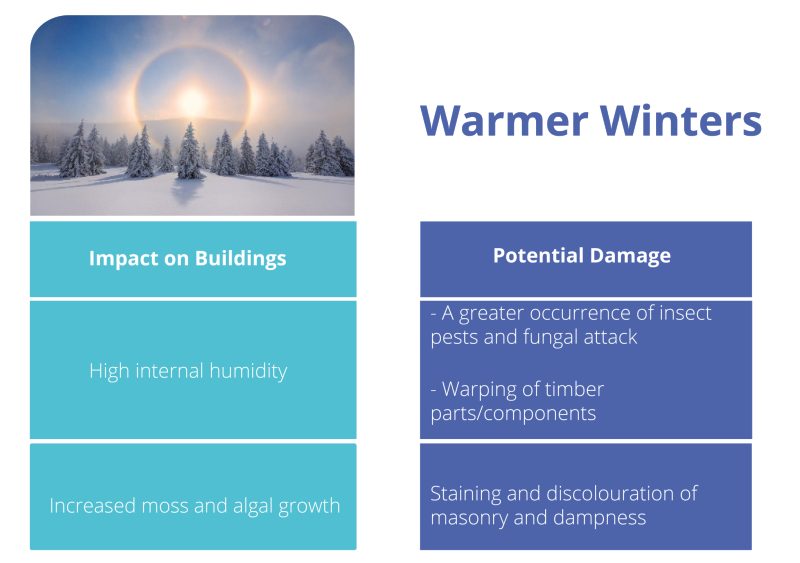
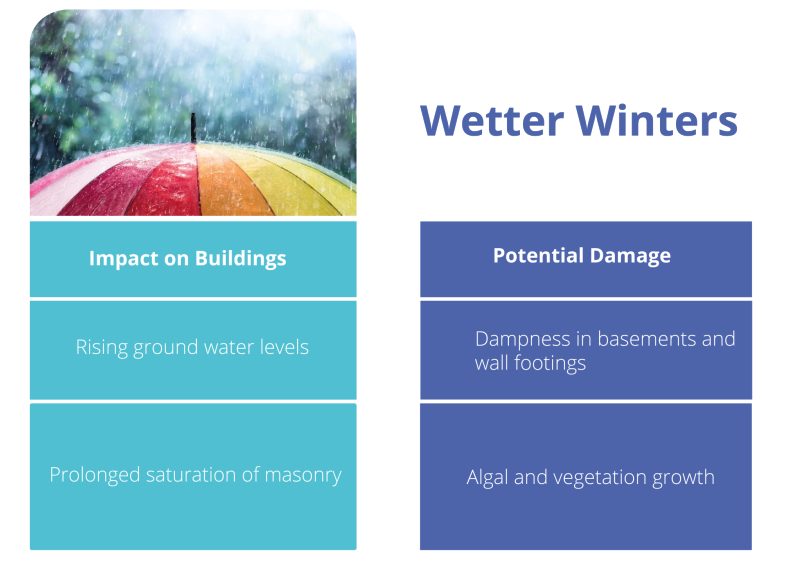
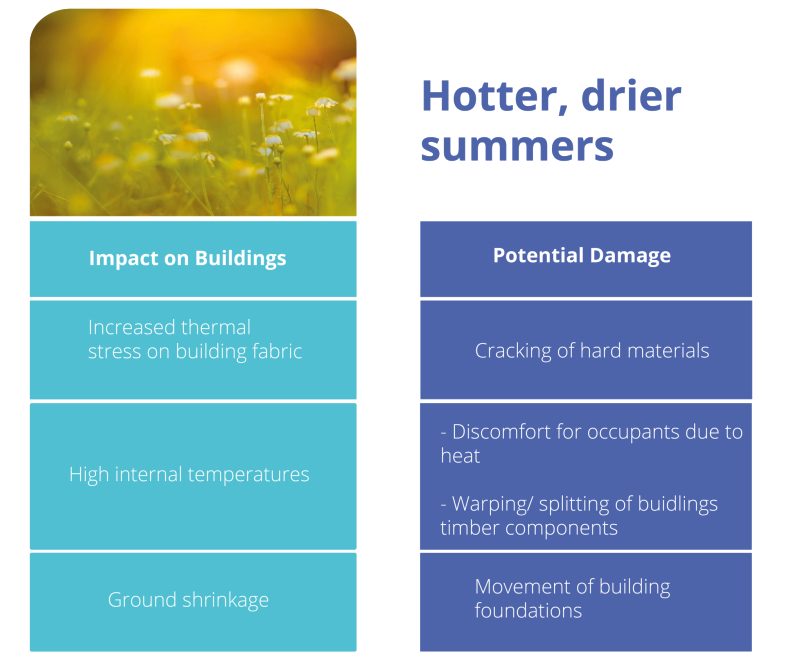
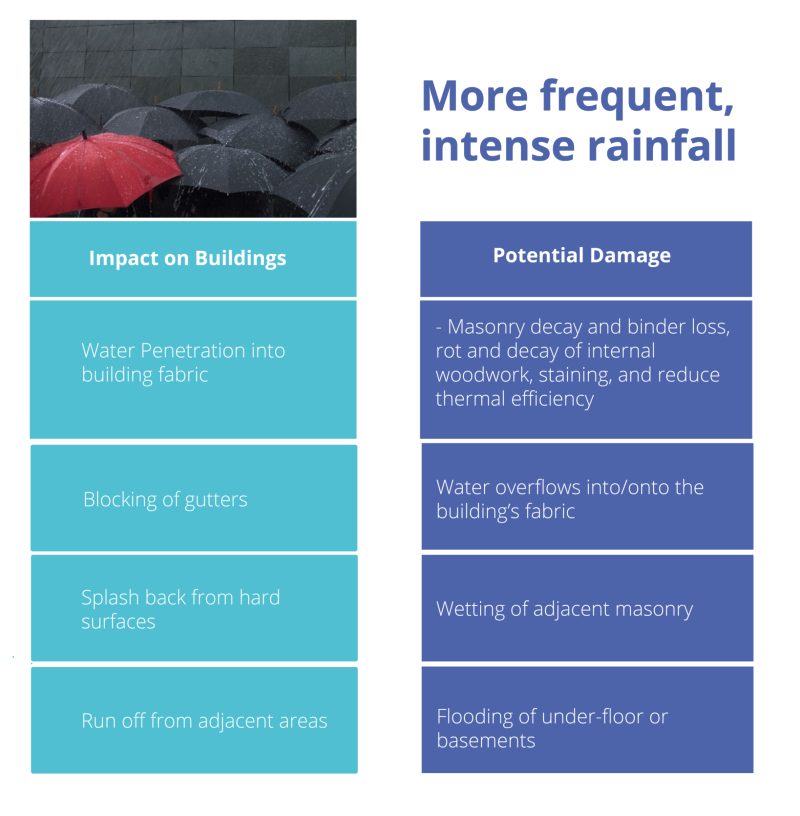
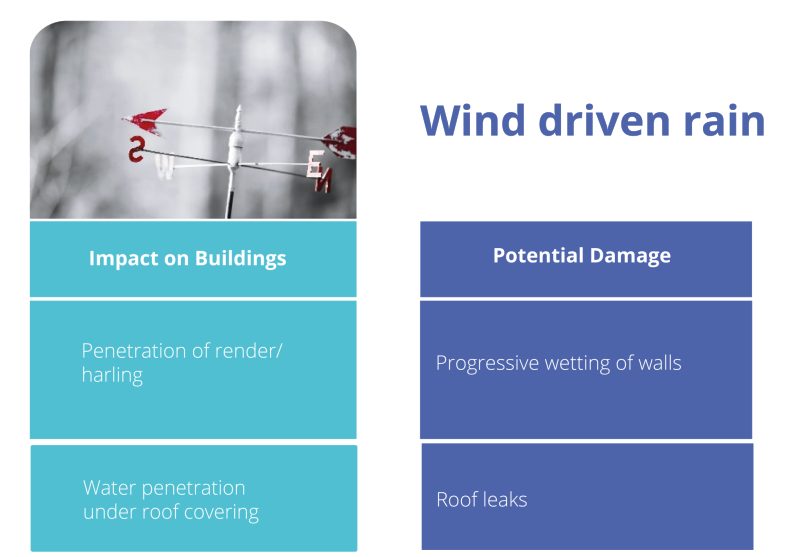
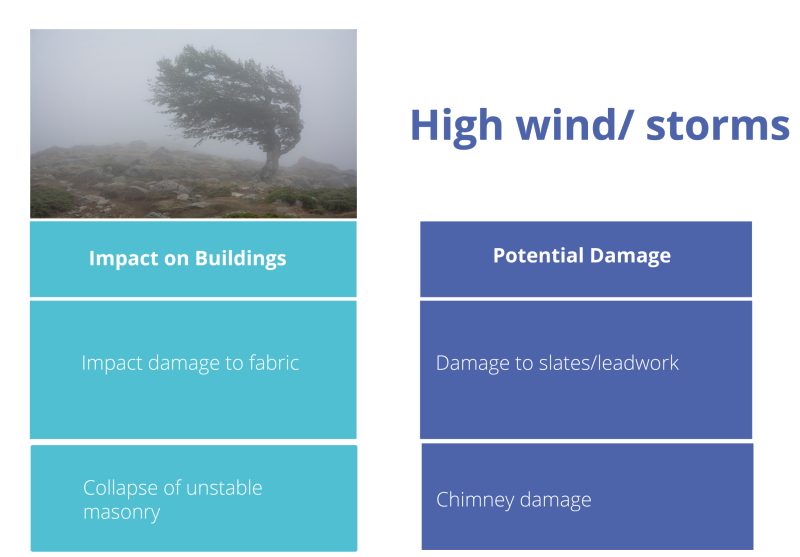
Historic Environment Scotland has produced a series of helpful guidance targeted at traditionally constructed buildings. The guidance ranges from general advice to householders on how to improve the energy efficiency of their traditional properties through to more technical guides on how to properly maintain, adapt, renovate, or convert existing buildings to prolong their life and make them better able to withstand the effects of our changing climate.
Energy Advice for Householders
Saving Energy in Traditional Buildings | Historic Environment Scotland
Inform Guide: Improving Energy Efficiency in Traditional Buildings (Historic Environment Scotland)
Short Guide: Fabric Improvements for Energy Efficiency (Historic Environment Scotland)
Maintaining and Adapting Traditional Buildings
Short Guide: Climate Change Adaptation for Traditional Buildings (Historic Environment Scotland)
Sustainable Renovation - Improving homes for energy, health and environment by The Pebble Trust
Technical Papers - Energy Efficiency. Conservation and Adaptation
Funding
Historic Environment Repair Grant
Funding and Grant - Perth and Kinross Climate Action Website
A number of traditionally constructed properties across Perth and Kinross either have listed building status or are located within one of our many conservation areas. These designations mean that planning permission or listed building consent may be required for common measures to address climate change, such as solar panels or double glazing.
To check whether planning permission is required for your property, the Council has pulled together a number of checklists that cover different relevant areas – windows, solar panels, heat pumps, etc.
Every area or property is designated for different reasons, so there are not uniform rules that apply in all situations. When deciding planning applications, the Council will be looking for any changes to be done in a sympathetic and considered way, to ensure there are no detrimental effects to the heritage value of the property, and/or the surrounding area.
The Council provides an online interactive heritage map on its Heritage Conservation web pages, which you can use to check the location of Conservation Areas, Listed Buildings, Tree Preservation Orders, Gardens and Designed Landscapes, and Scheduled Monuments across Perth and Kinross. You can click on each asset on the map, and it will provide you with more detailed information about the date and type of designation, along with a link to either Historic Environment Scotland’s online records, or in the case of Conservation Areas and Tree Preservation Orders, Perth & Kinross Council’s records, which include further details about the specific asset and the reasons for its designation.
The Council’s Heritage Conservation pages also provide more details and guidance about what the different heritage assets are, any restrictions on development, when you require conservation area consent and listed building consent, and/or planning permission, and how you can apply for this. There are pre-application checklists for different application types that will help ensure that that all the required information is provided.
If you would like feedback on your application prior to applying for Planning Permission, the Council’s Conservation and Heritage Team can work with you through the Council’s pre-application service.

